Vår Dundas reports from Malik Arctica:
We’re in the southern hemisphere! The last, almost two, weeks have flown by, filled by a mix of deck work and what I guess you could call home-office. We survived the Bay of Biscay without too many scratches – mostly everything was well secured in our container. Not being used to life at sea and the importance of securing every tiniest thing, I had a very annoying bottle of detergent rolling around on my bathroom floor throughout the night, and a small glass bottle decided to jump out of the cabinet, making a total mess that I had the pleasure to clean up. Otherwise, we were mostly unharmed.
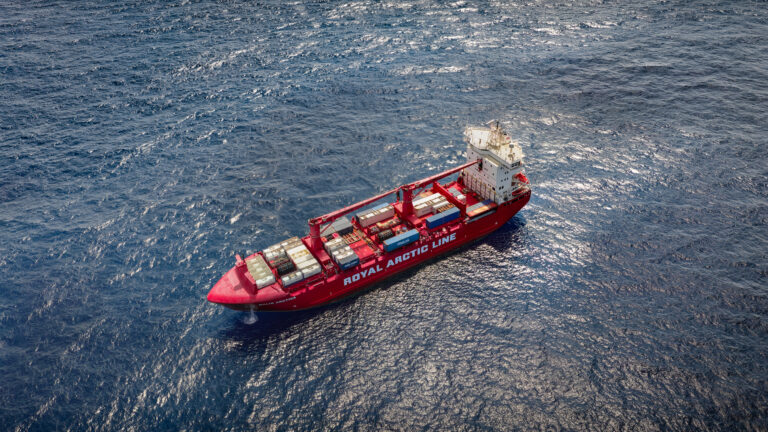
Last Monday, summer began for us, and we’ve been working on deck in shorts and t-shirts until today. Thirty degrees in both air and water is something you get used to quickly, especially in December. What a luxury! Our main task has been to continue testing our equipment. Every instrument must be set up to talk with their respective computers and software, which is often more complicated than it sounds. Through long processes of try and error, we have installed drivers, detected COM-ports, and switched cables and batteries. Now we finally think we have all programs in order, and we’re able to communicate smoothly with all our instruments.
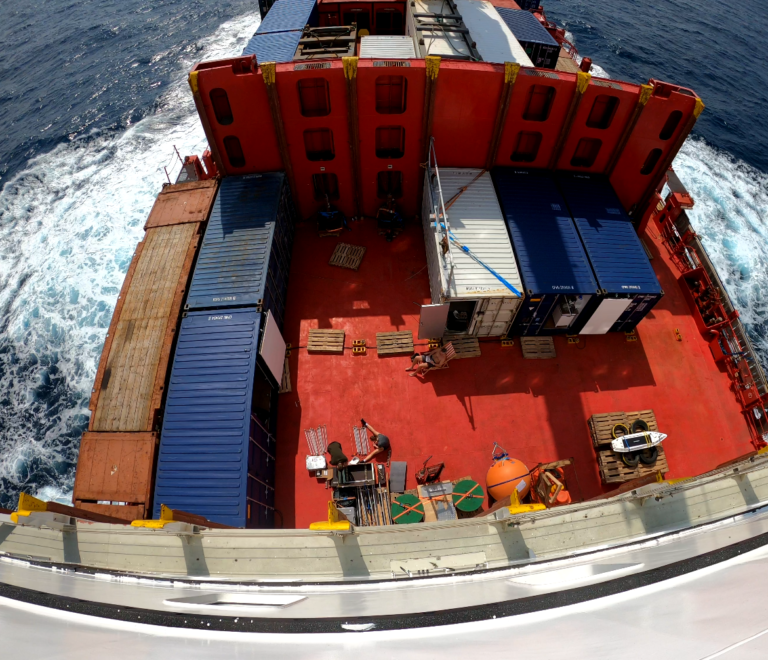
helium below the sea ice, and Kristen is reading instrument mauals. The
two blue containers to the left are the CTD and winch containers, the
white one is Kristen’s engineer lab, the middle blue is Sebastiens
bio-lab, and the right one is where we’ll be taking water samples and
where the portable winch is. Photo: Tore Hattermann.
Since we don’t know how conditions will be at the ice shelf front, we’re bringing several setups for measuring conductivity (which we translate into salinity) and temperature (our CTDs). If everything is smooth and calm, we have a large one to use, which we prefer. It is can take water samples at several depths, and measure both temperature, conductivity, fluorescence, oxygen, and incident light. However, this CTD is dependent on the cranes on the ship, and in bad weather, these will be difficult to maneuver safely. So we are bringing a small one as well, which we can operate with a much smaller portable winch. In addition, we have an even smaller one, which we can also bring out on the sea ice itself to drop down below the ice through a borehole. Many options mean many things to test, but after today’s final tests, I think we might be good to go regarding winch systems and CTD-setup. It’s good to be getting things in order!

for it to resurface. Photo: Christian Harbor-Hansen
We have also managed to wake up the autonomous Seaglider from Norgliders and the Sailbuoy from Akvaplan-Niva which we have onboard, and made them talk with their respective owners at GFI in Bergen and at Akvaplan-Niva. We have labeled countless sampling bottles and practiced water sampling routines for nutrients, helium, CO2, oxygen, and a few more. The captain was met with great excitement when he spontaneously decided to take a short stop in the middle of the ocean so that we could do a proper profile with the MSS to finally check that we had everything in order and to practice the profiling procedure.
Life onboard is, however, not all about testing equipment. We saw a blue whale just north of Madeira (we think), which I’m still very excited about, a few dolphins, and a whole bunch of flying fish (they get so far!). And there are more creatures in the ocean – if you try to cross the equator without being baptized, King Neptune knows, and he comes on board. No one may cross the equator without being baptized. So we were baptized, and are now part of the Trusty Shellbacks and initiated into the Solemn mysteries of the ancient order of the deep, after drinking a horribly tasting cleansing potion that I suspect is mostly based on fish oil, smeared in another sticky potion, and finally completely drenched in seawater. Besides this slightly traumatizing baptism, I’m delighted to have been renamed (you get a new name when entering King Neptune’s ranks) the Psychedelic frogfish, as they are amazingly cool (give them a search). To celebrate our new worthiness at sea, we had a soccer tournament in the cargo hulls. I wish I had a picture, but the match was too serious to have the time for photos.
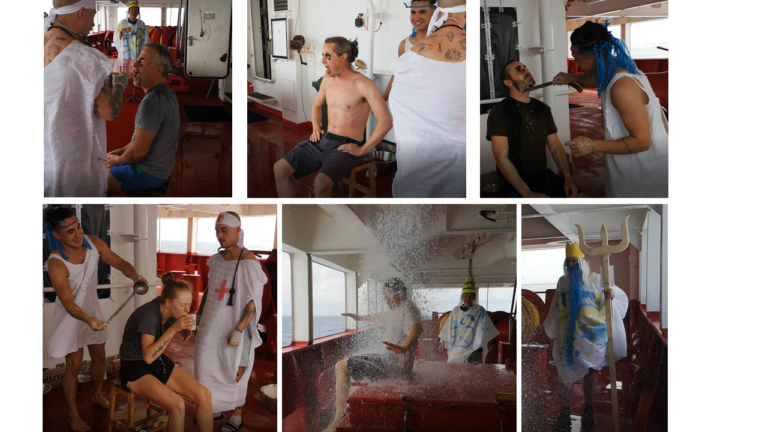
the lower right corner.
As soon as we crossed the equator, the weather turned colder and cloudier, giving our sunburns some well deserved time to heal. Still, I hope we get a bit more summer-warmth before entering the cold and icy Southern Ocean. If things go according to plan, we will reach Cape Town around the 20th of December, where we’ll bunker up on fuel before starting our final transect towards the ice shelf.
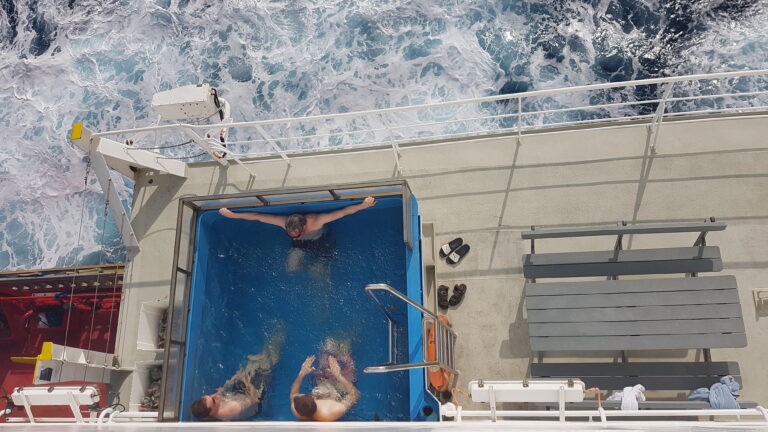
to have some kind of a pool. And what better time to use it after
working a long day on deck in 30 degrees? Photo: Vår Dundas

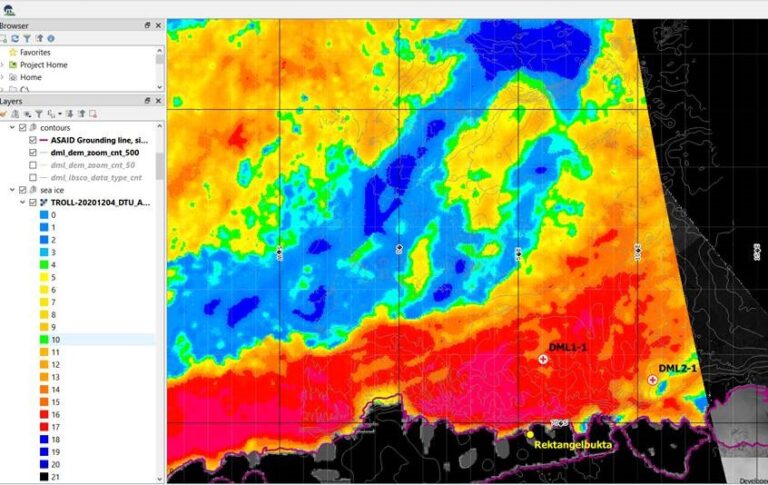

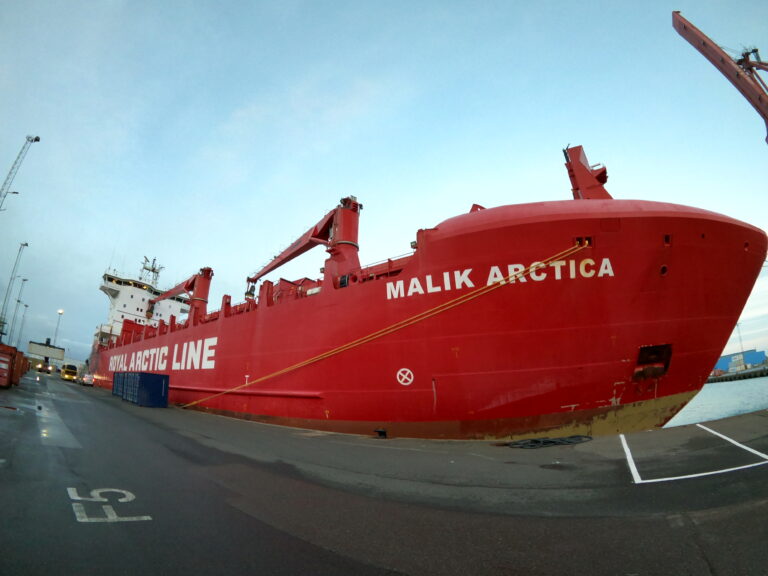
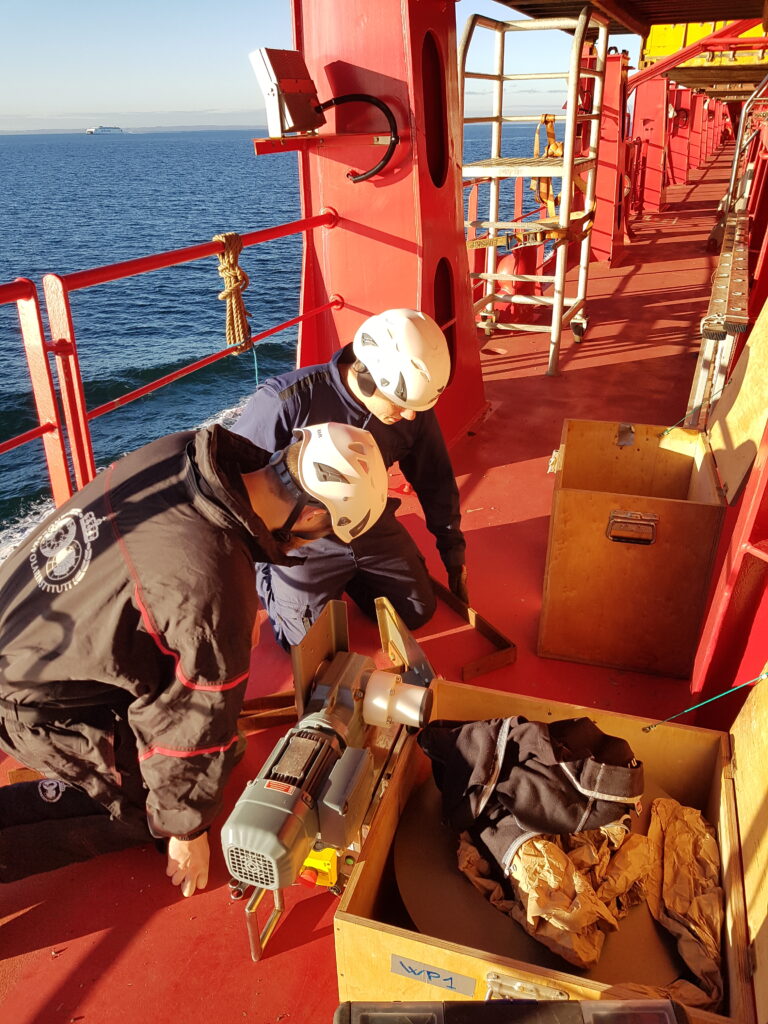
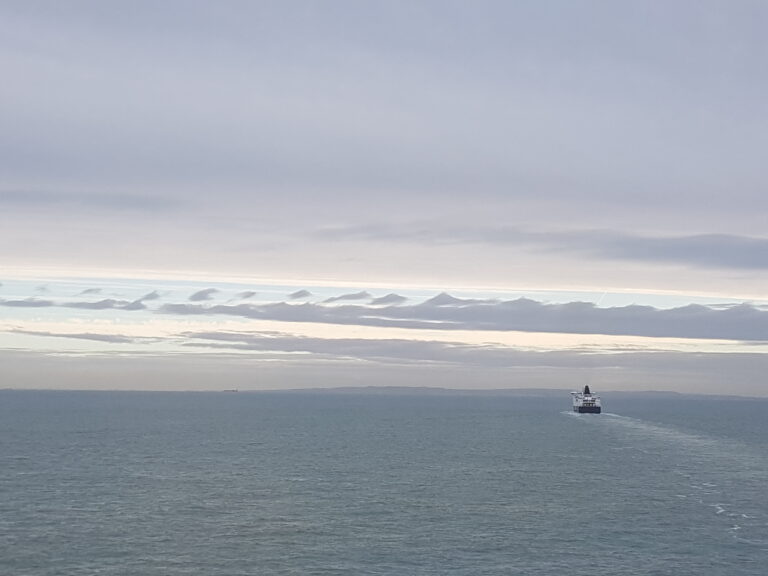

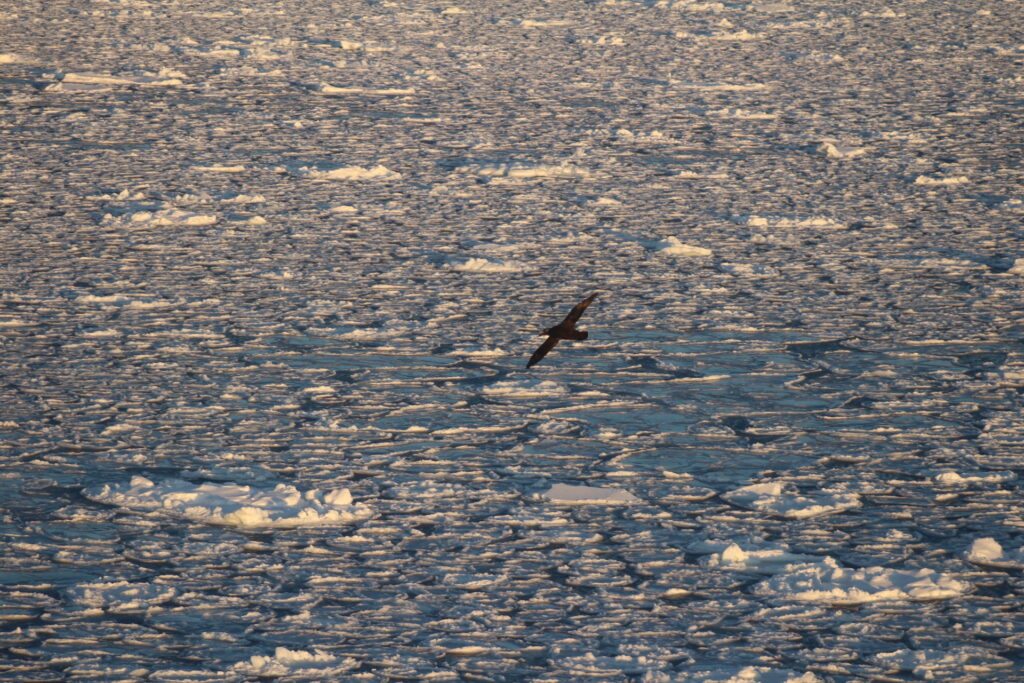
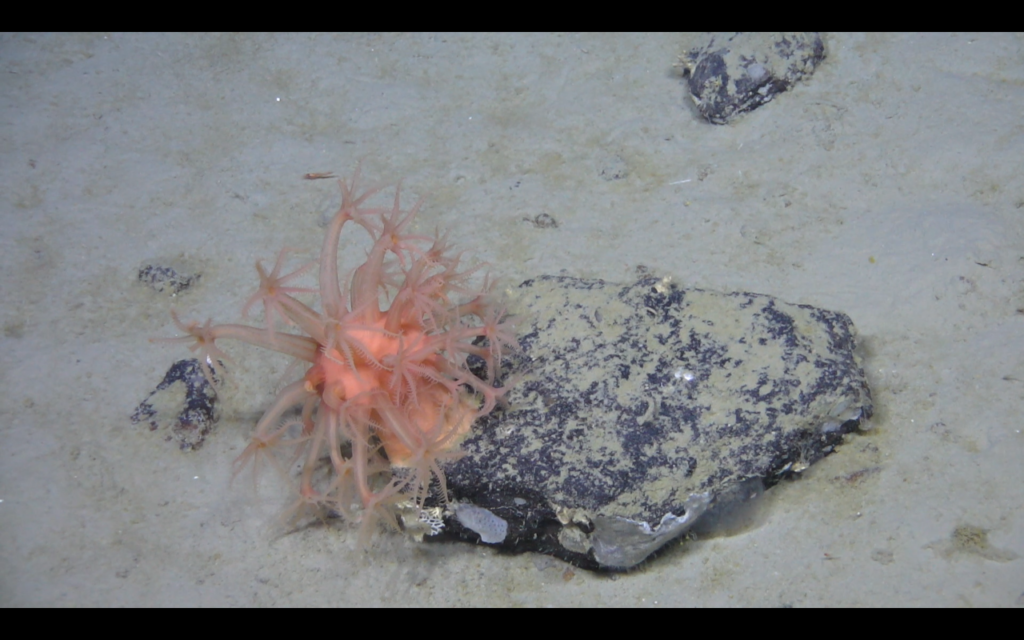
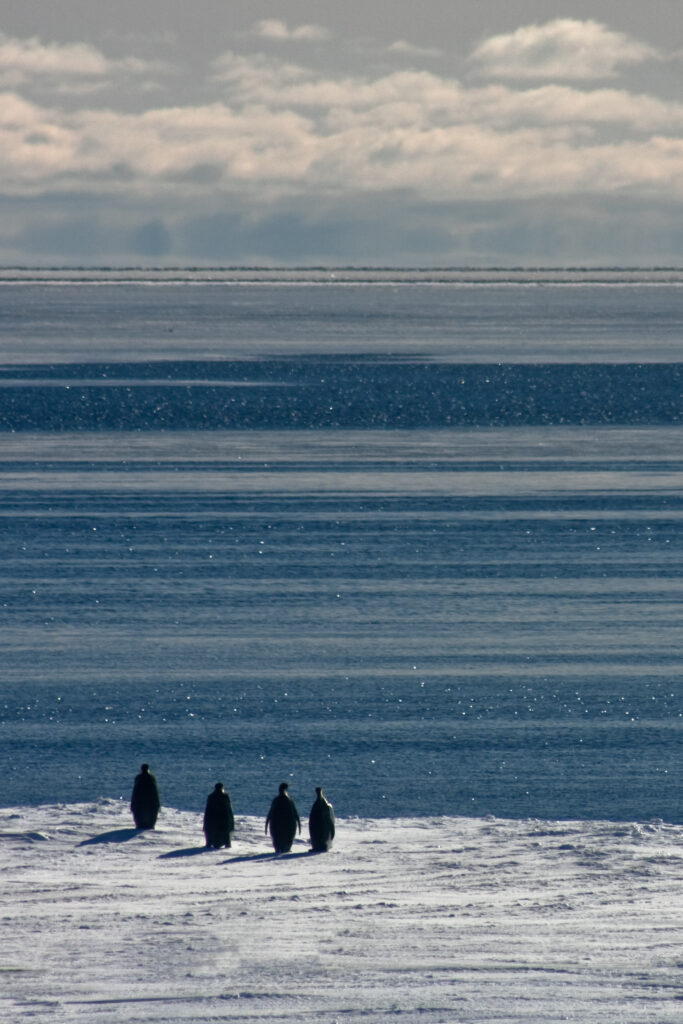
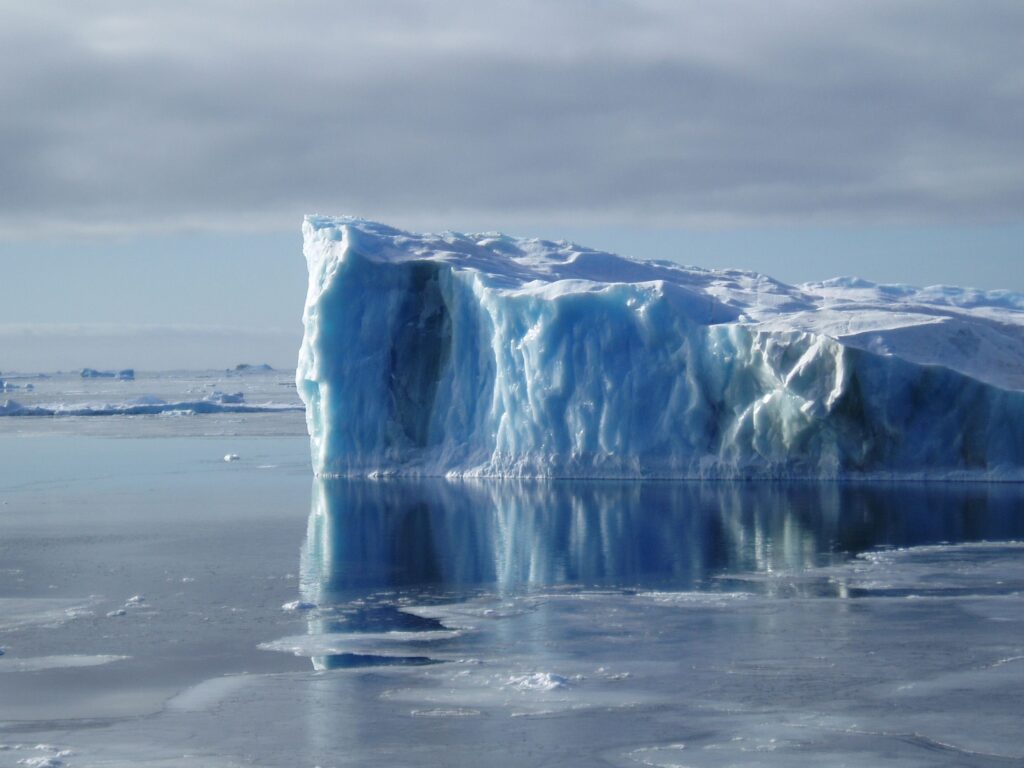 Photo: E. Darelius
Photo: E. Darelius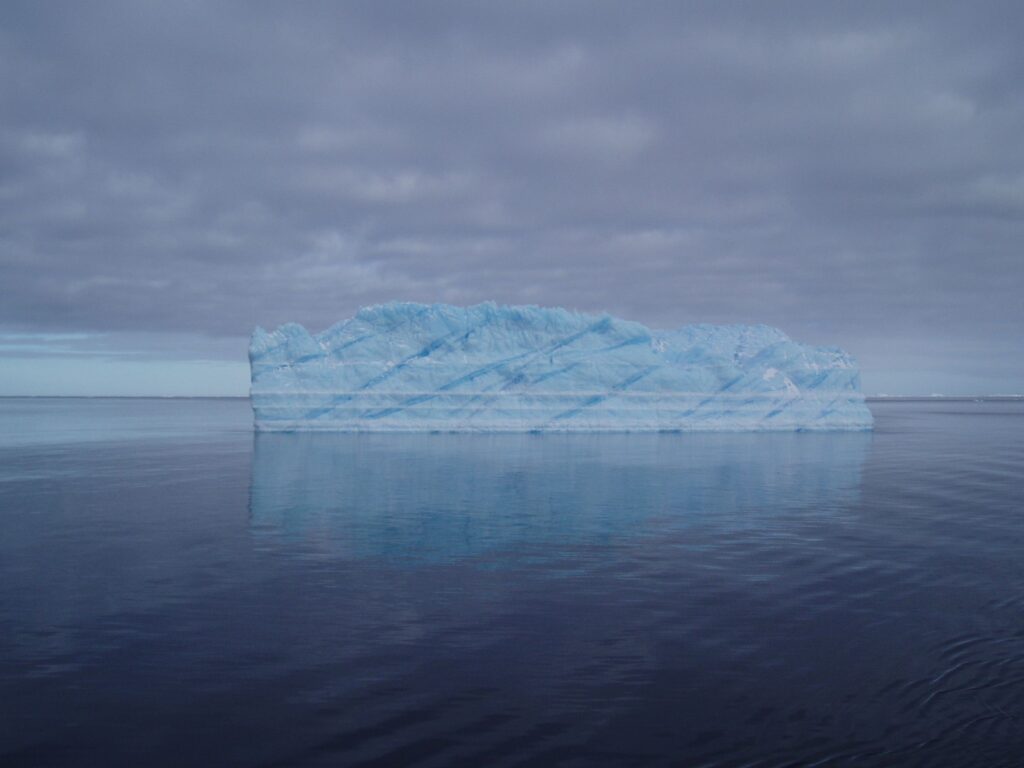 Photo: E. Darelius
Photo: E. Darelius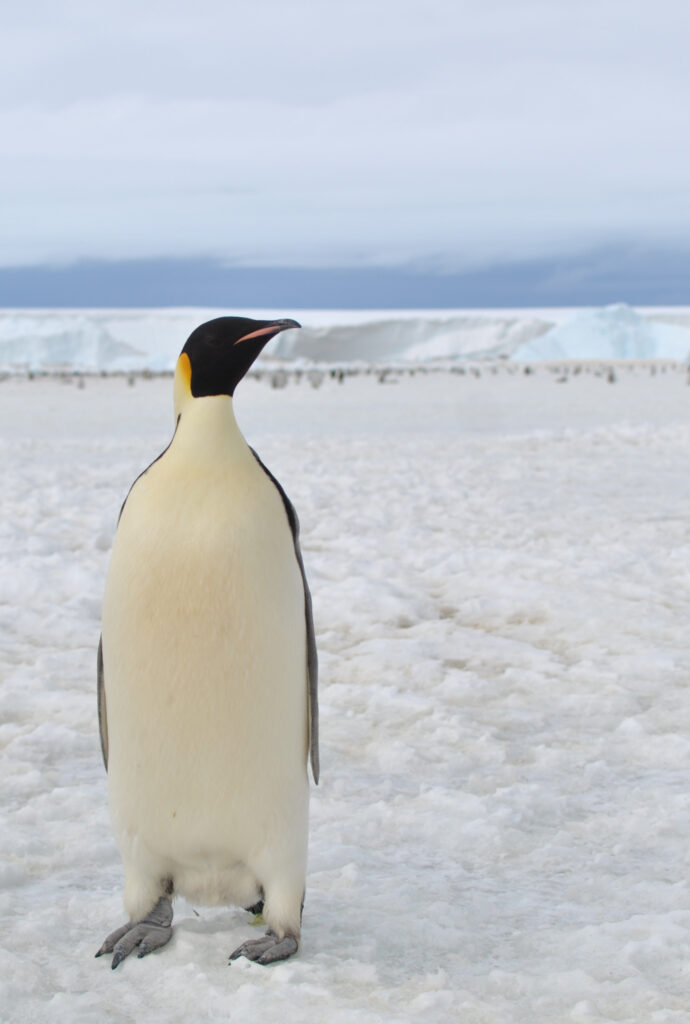 Photo: E. Darelius
Photo: E. Darelius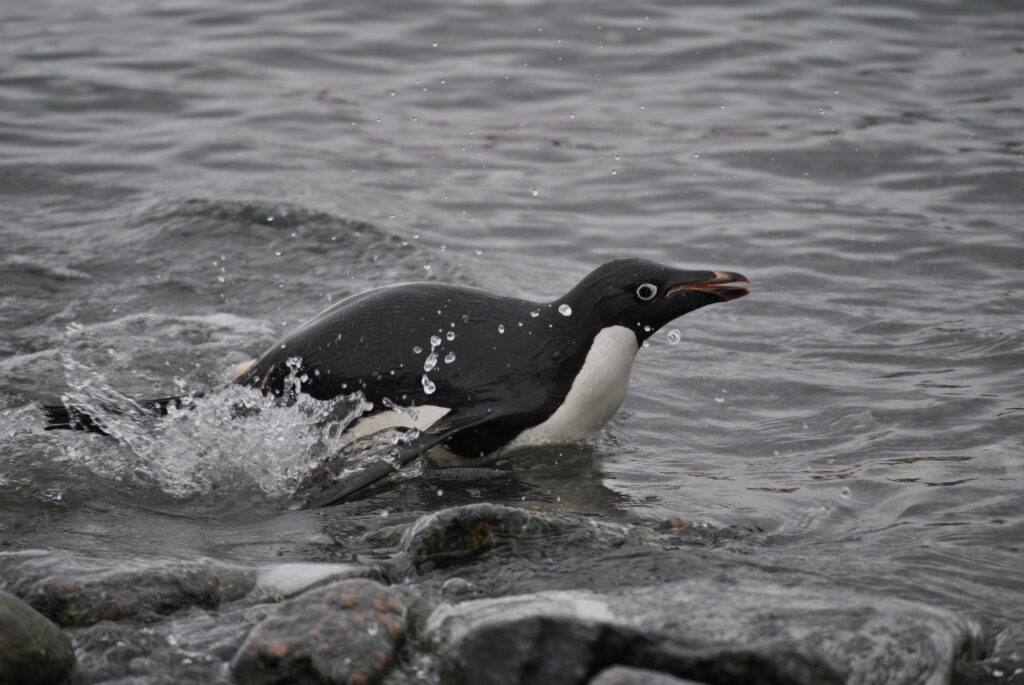 Photo: E. Darelius
Photo: E. Darelius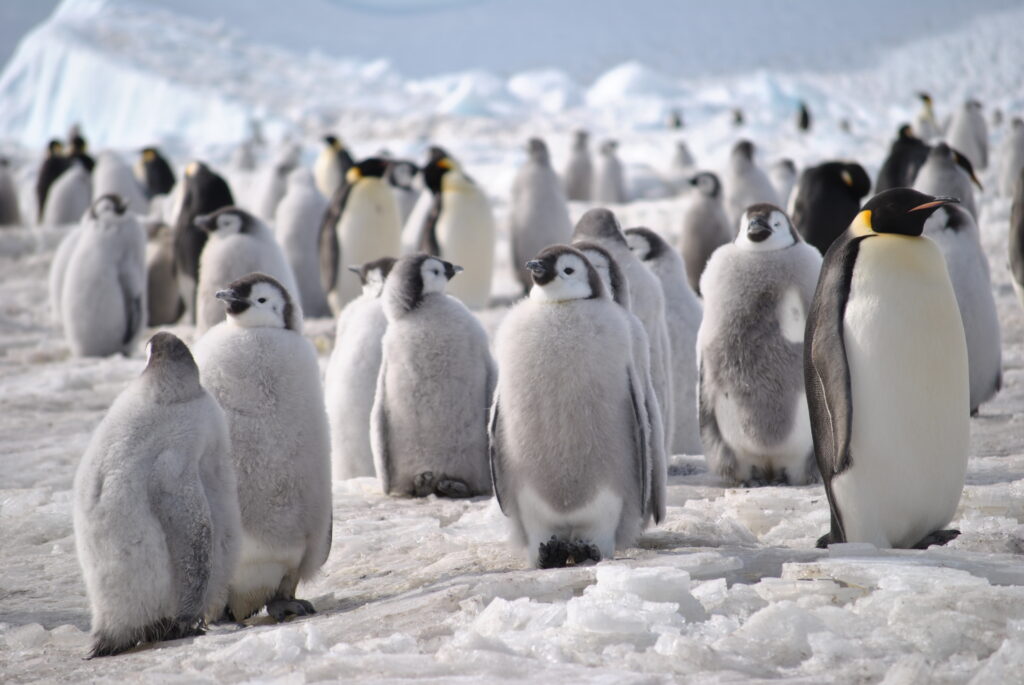 Photo: E. Darelius
Photo: E. Darelius Photo: E. Darelius
Photo: E. Darelius Photo: E. Darelius
Photo: E. Darelius Photo: E. Darelius
Photo: E. Darelius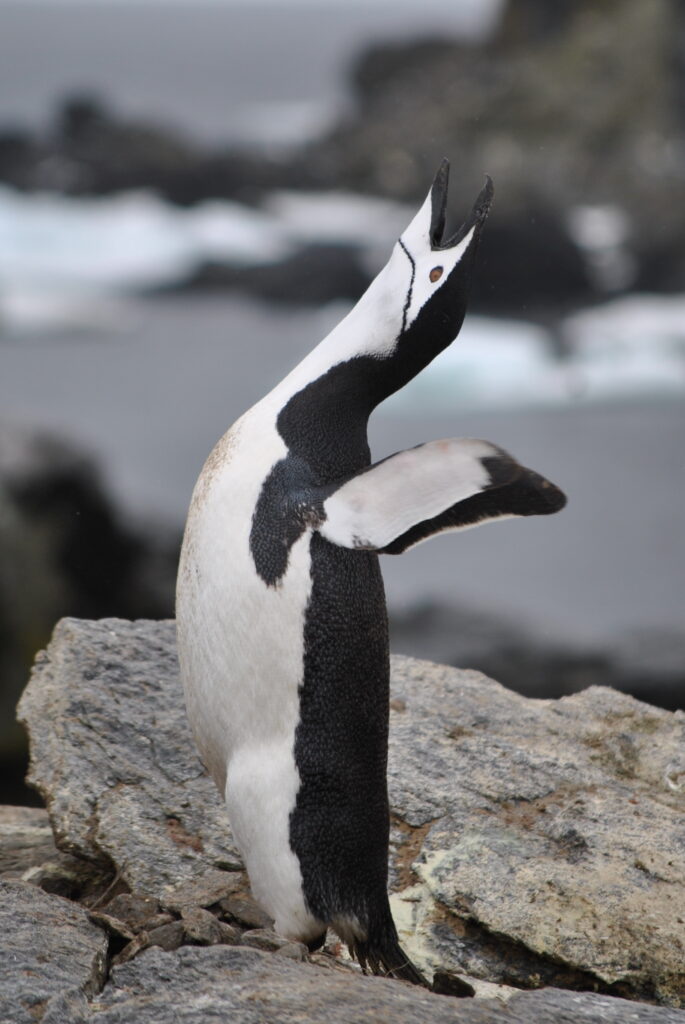 Photo: E. Darelius
Photo: E. Darelius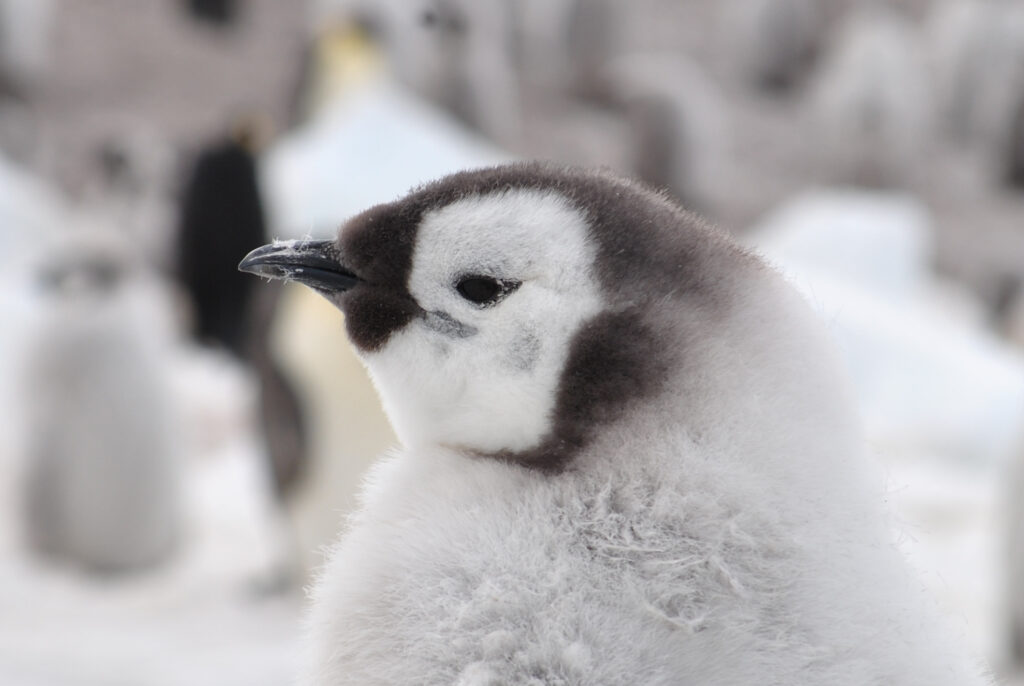 Photo: E. Darelius
Photo: E. Darelius Photo: E. Darelius
Photo: E. Darelius